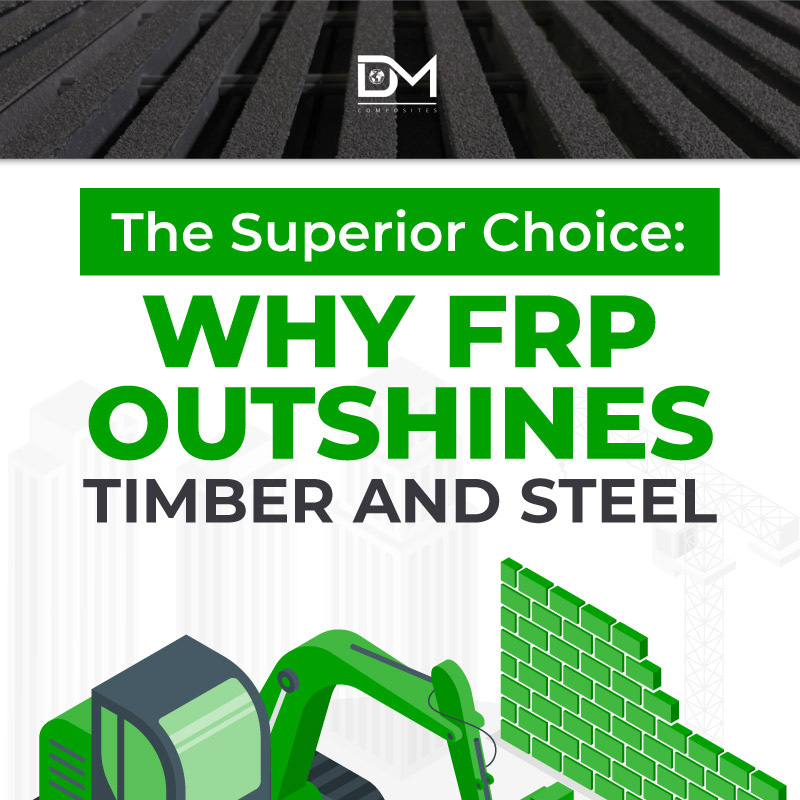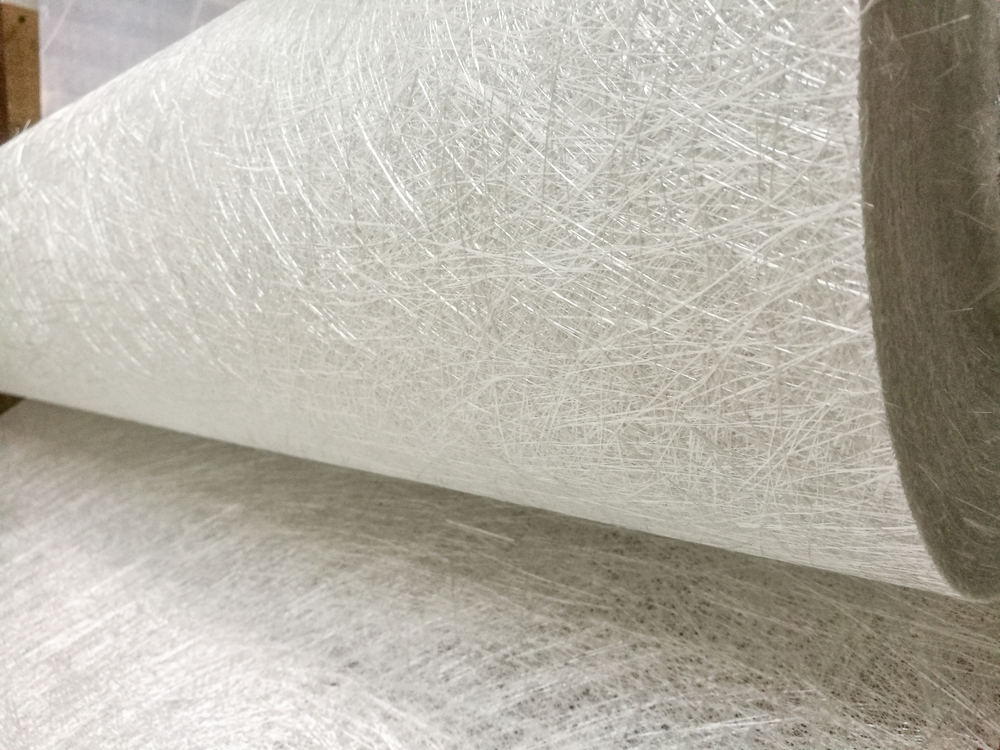As the demand for durable, low-maintenance materials in public infrastructure projects grows, Fibre Reinforced Polymer (FRP) has become an attractive alternative to traditional steel and timber. However, not all FRP profiles are created equal. One critical mistake in specifying FRP for public and open-space structures is choosing filament wound profiles over pultruded members.

The Problem with Filament Wound Profiles
Unlike pultruded FRP, filament wound profiles cannot incorporate colour pigments and UV-resistant additives into their resin matrix. Instead, these profiles must be painted post-manufacture to achieve the required aesthetic and UV protection. This presents a significant long-term issue: paint adhesion on FRP is inherently weak.
Paint Peeling and UV Exposure
Due to poor adhesion, the protective paint layer on filament wound FRP profiles will inevitably peel off over time, exposing the underlying fibres. Once this occurs, the structural integrity of the member is compromised, particularly in harsh environments such as Australia, where the lack of an ozone layer leads to extreme UV exposure. UV radiation degrades exposed glass fibres, resulting in embrittlement, reduced mechanical performance, and ultimately, catastrophic failure of the structure.
Structural Degradation Over Time
Without integrated UV inhibitors and pigments, filament wound profiles suffer rapid deterioration. Within a few years, these members can lose significant strength, requiring costly replacements or repairs. This negates one of the key benefits of using FRP in the first place—long service life with minimal maintenance.
The Importance of Pultruded FRP Profiles
For public infrastructure applications, pultruded FRP members should always be the preferred choice. These profiles are manufactured with colour pigments and UV stabilizers embedded directly into the resin matrix, providing long-term protection without the need for additional coatings. This ensures:
- Superior UV resistance without relying on fragile paint layers
- Consistent colour retention throughout the lifespan of the structure
- Maximum structural strength without the risk of fibre degradation
- Lower maintenance costs due to reduced need for recoating or replacement
Conclusion
When replacing steel or timber in public infrastructure, it is essential to specify pultruded FRP profiles rather than filament wound alternatives. While filament wound profiles may seem like a viable option initially, their inability to integrate UV protection into the material itself makes them unsuitable for long-term outdoor use. The short service life and inevitable structural degradation make them a poor investment for councils, governments, and developers looking to future-proof their projects.
Choosing the right FRP solution from the outset ensures that public spaces remain safe, structurally sound, and maintenance-free for decades to come.


